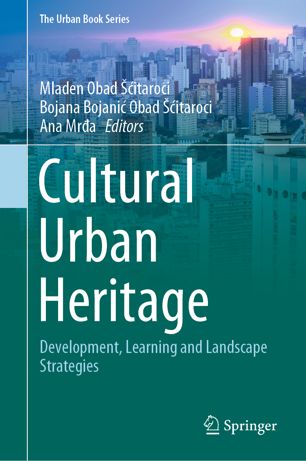

Most ebook files are in PDF format, so you can easily read them using various software such as Foxit Reader or directly on the Google Chrome browser.
Some ebook files are released by publishers in other formats such as .awz, .mobi, .epub, .fb2, etc. You may need to install specific software to read these formats on mobile/PC, such as Calibre.
Please read the tutorial at this link: https://ebookbell.com/faq
We offer FREE conversion to the popular formats you request; however, this may take some time. Therefore, right after payment, please email us, and we will try to provide the service as quickly as possible.
For some exceptional file formats or broken links (if any), please refrain from opening any disputes. Instead, email us first, and we will try to assist within a maximum of 6 hours.
EbookBell Team

4.0
86 reviewsThis book presents strategies and models for cultural heritage enhancement from a multidisciplinary perspective. It discusses identifying historical, current and possible future models for the revival and enhancement of cultural heritage, taking into consideration three factors – respect for the inherited, contemporary and sustainable future development. The goal of the research is to contribute to the enhancement of past cultural heritage renovation and enhancement methods, improve the methods of spatial protection of heritage and contribute to the development of the local community through the use of cultural, and in particular, architectural heritage.
Cultural heritage is perceived primarily through conservation, but that comes with limitations. If heritage is perceived and experienced solely through conservation, it becomes a static object. It needs to be made an active subject, which implies life in heritage as well as new purposes and new life for abandoned heritage. Heritage can be considered as a resource that generates revenue for itself and for the sustainability of the local community. To achieve this, it should be developed in accordance with contemporary needs and technological achievements, but on scientifically based and professional criteria and on sustainable models. The research presented in this book is based on the approach of Heritage Urbanism in a combination of experiments (case studies) and theory.